Lets Talk Dall-E
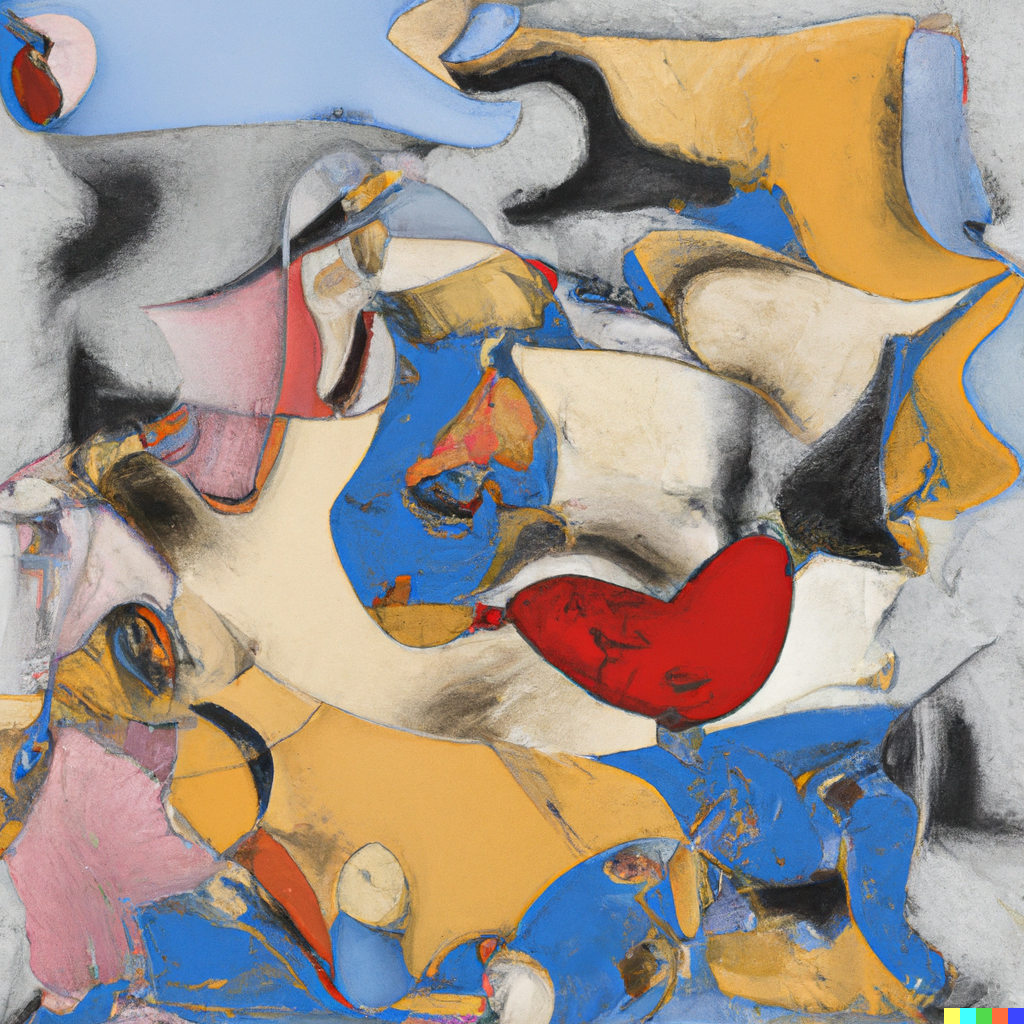
DALL-E is a powerful new AI tool developed by OpenAI that can create original digital images from textual descriptions. The tool was named after the character Dali from the Surrealist movement and the robot EVE from the movie WALL-E.
DALL-E was first introduced by OpenAI in January 2021, and has since generated a lot of excitement in the AI and digital art communities. The tool is based on a type of artificial intelligence called a Generative Adversarial Network (GAN), which is designed to learn from data and generate new content that is similar to the original.

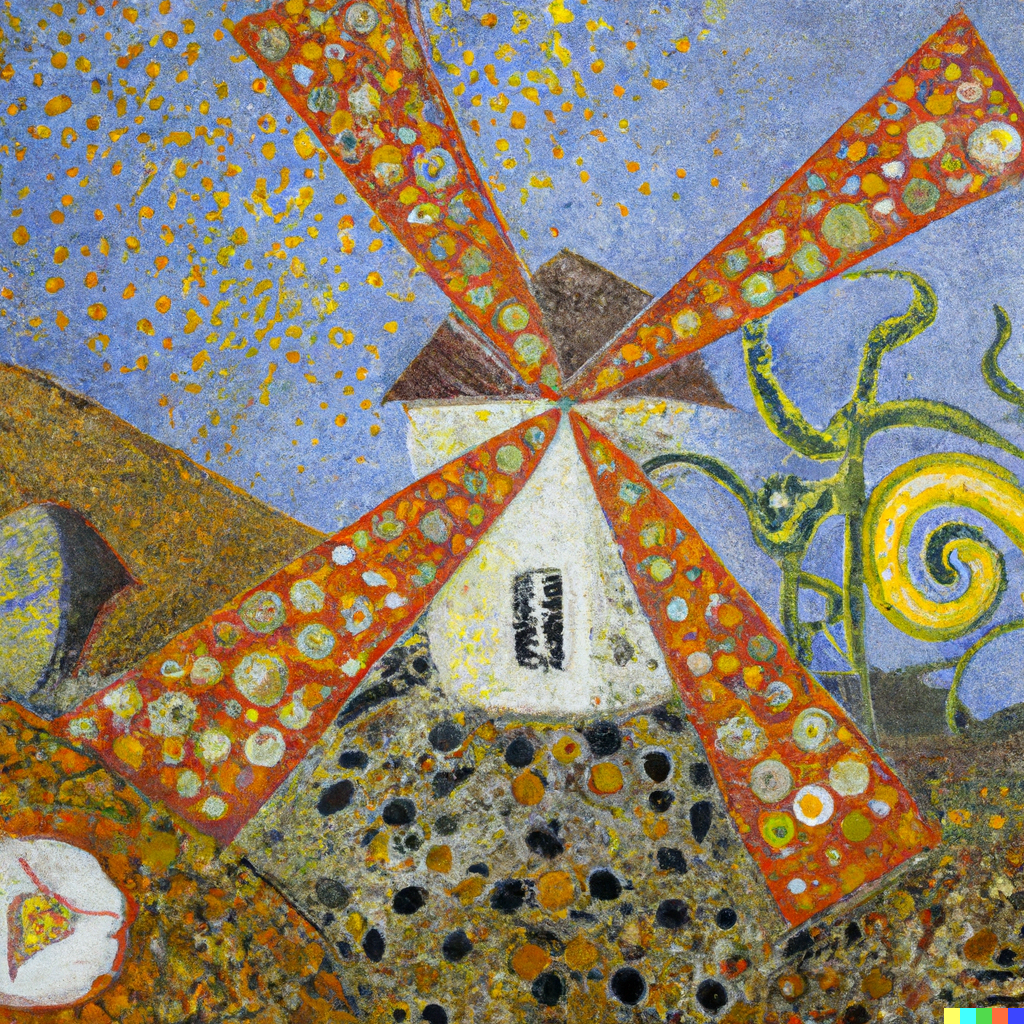
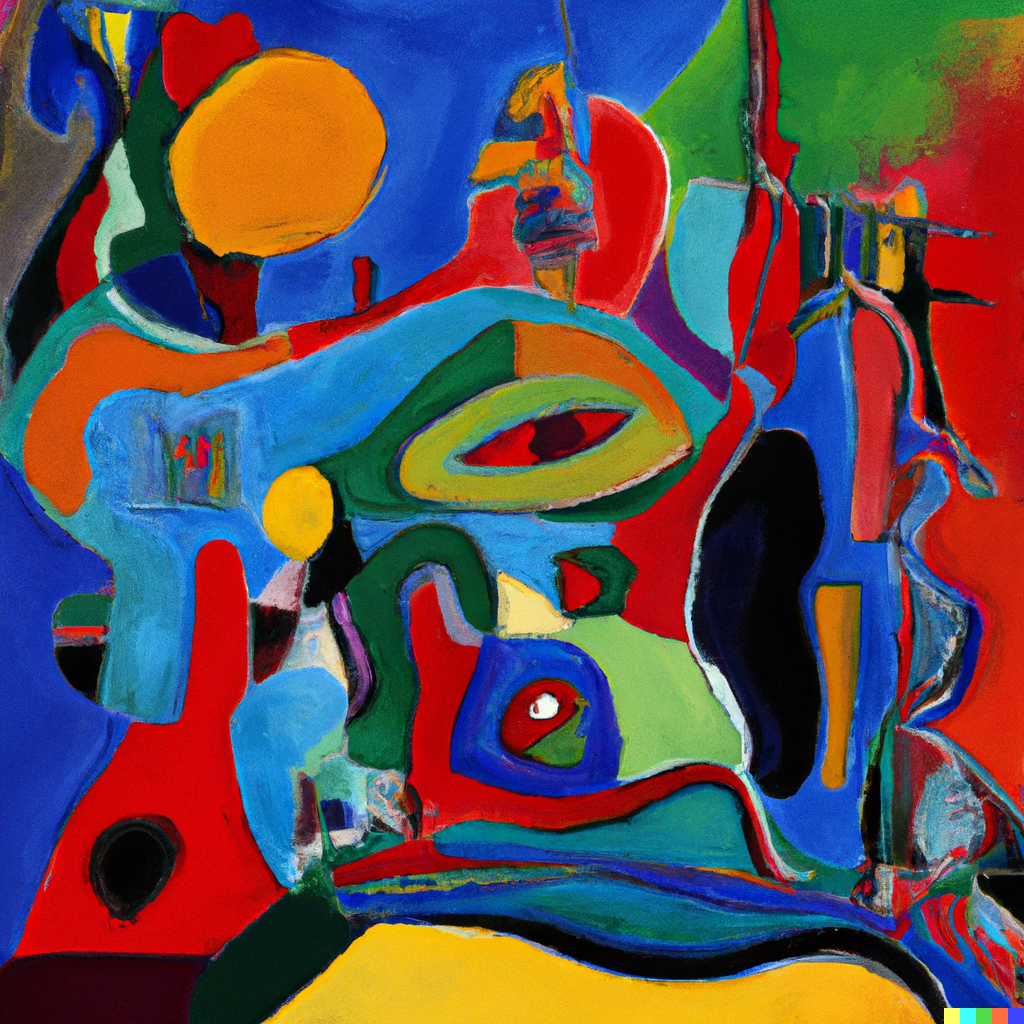
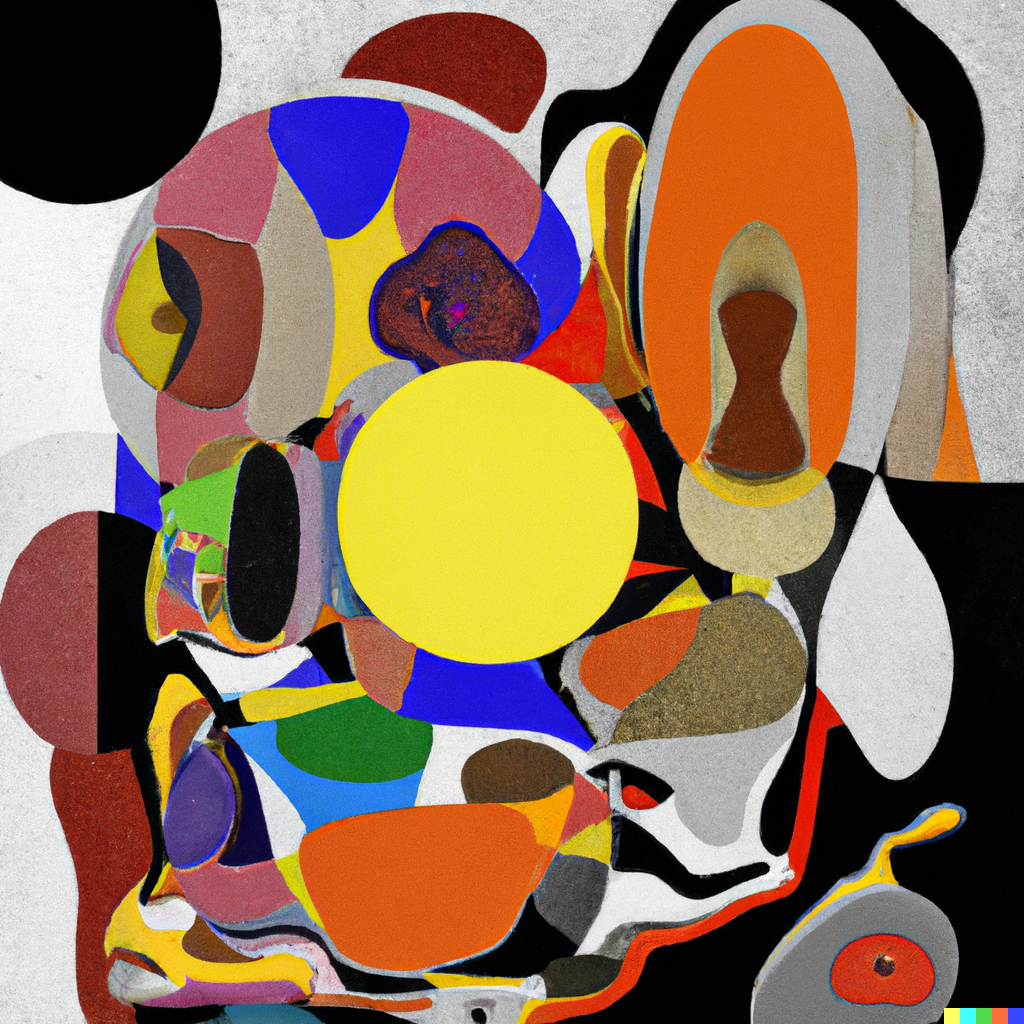
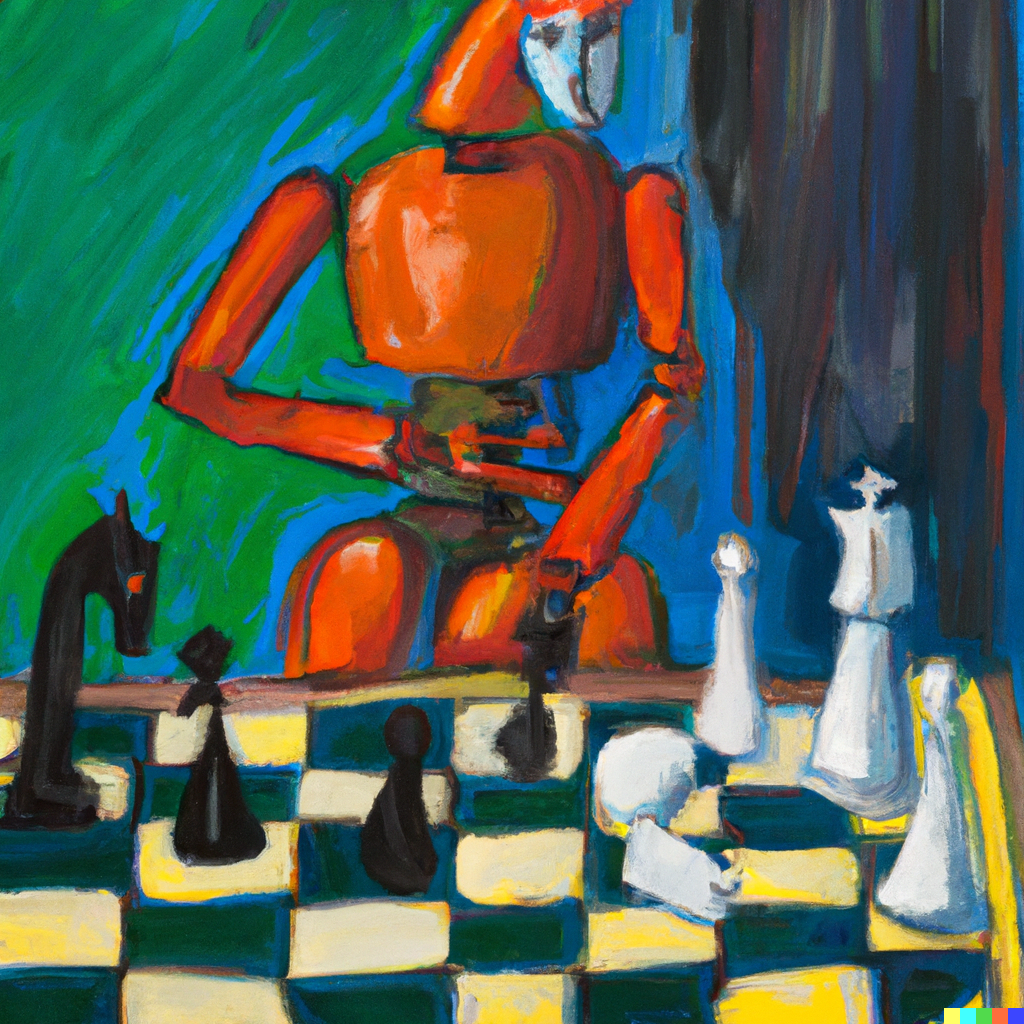
Dall-E generations
DALL-E works by taking a textual description, such as "an armchair in the shape of an avocado," and generating an original image based on that description. The tool can create images of a wide variety of objects and scenes, including animals, food, household objects, and more.
One of the most impressive things about DALL-E is its ability to create images that are not only accurate representations of the text description, but also visually appealing and creative. The tool can incorporate subtle details and nuances into its images that make them look like they were created by a human artist.
While DALL-E has generated a lot of excitement and interest, there are also concerns about the potential misuse of the technology. Some experts worry that the tool could be used to create fake images for propaganda or other malicious purposes.
Despite these concerns, the development of DALL-E represents an exciting new chapter in the history of AI and digital art. The tool has the potential to revolutionize the way we think about image creation and design, and could lead to a new era of AI-assisted creativity and innovation. As with any new technology, it will be important to carefully consider the ethical implications of its use, but there is no doubt that DALL-E represents an exciting and promising new development in the world of artificial intelligence and digital art.
Overall, the potential applications for DALL-E are vast and varied, and will likely continue to expand as the technology develops further. While the tool was primarily designed for generating digital art, it has already shown potential for use in a variety of fields, from data visualization to marketing and beyond.

Comments ()